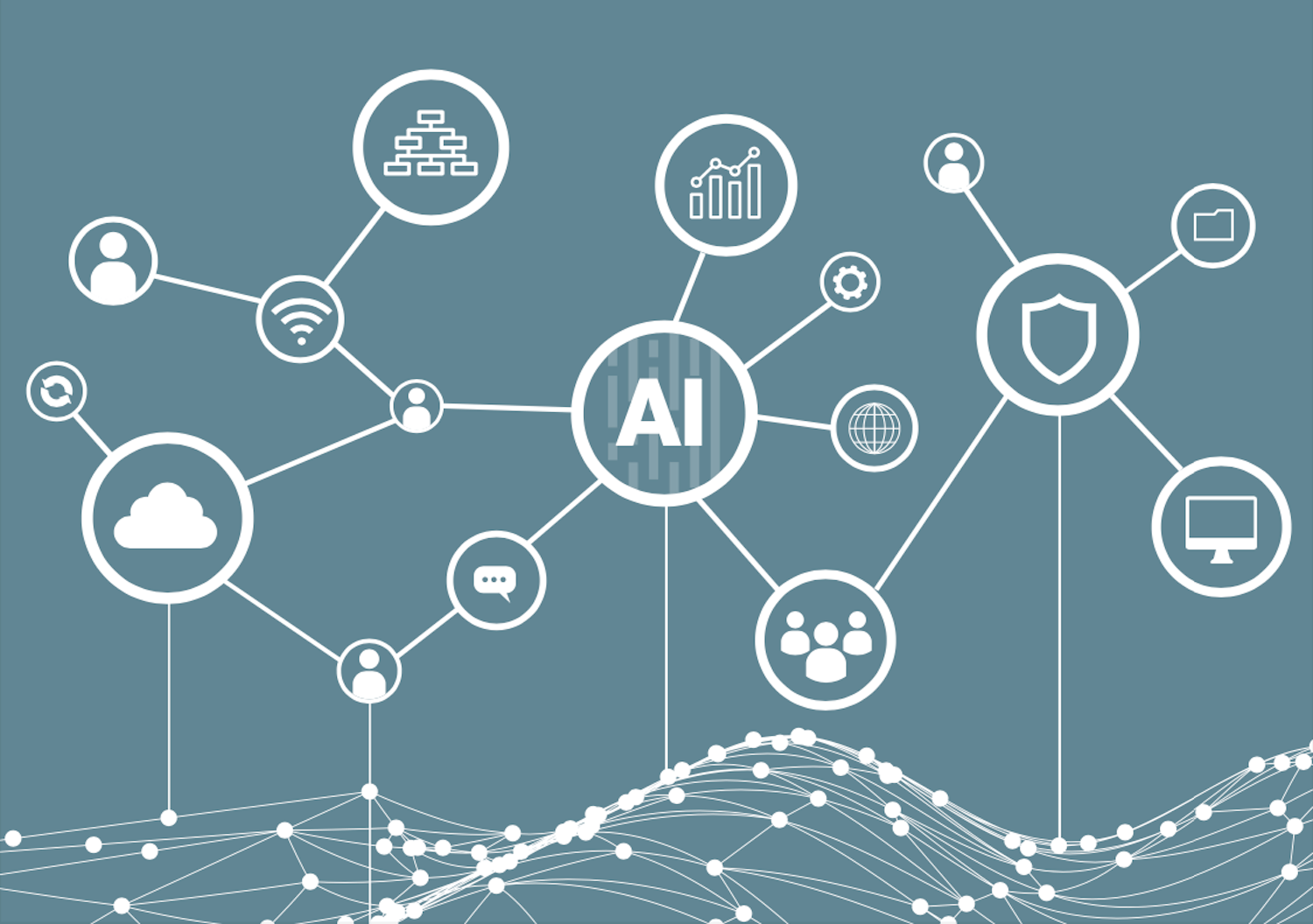Sponsored
Building a high-performance data and AI organization
How data and analytics leaders are delivering business results with cloud data and AI platforms.
In association withDatabricks
CxOs and boards recognize that their organization’s ability to generate actionable insights from data, often in real-time, is of the highest strategic importance. If there were any doubts on this score, consumers’ accelerated flight to digital in this past crisis year have dispelled them. To help them become data driven, companies are deploying increasingly advanced cloud-based technologies, including analytics tools with machine learning (ML) capabilities. What these tools deliver, however, will be of limited value without abundant, high-quality, and easily accessible data.

Building a high-performance data and AI organization
In this context, effective data management is one of the foundations of a data-driven organization. But managing data in an enterprise is highly complex. As new data technologies come on stream, the burden of legacy systems and data silos grows, unless they can be integrated or ring-fenced.
Fragmentation of architecture is a headache for many a chief data officer (CDO), due not just to silos but also to the variety of on-premise and cloud-based tools many organizations use. Along with poor data quality, these issues combine to deprive organizations’ data platforms—and the machine learning and analytics models they support—of the speed and scale needed to deliver the desired business results.
To understand how data management and the technologies it relies on are evolving amid such challenges, MIT Technology Review Insights surveyed 351 CDOs, chief analytics officers, chief information officers (CIOs), chief technology officers (CTOs), and other senior technology leaders. We also conducted in-depth interviews with several other senior technology leaders. Here are the key findings:
- Just 13% of organizations excel at delivering on their data strategy. This select group of “high-achievers” deliver measurable business results across the enterprise. They are succeeding thanks to their attention to the foundations of sound data management and architecture, which enable them to “democratize” data and derive value from machine learning.
- Technology-enabled collaboration is creating a working data culture. The CDOs interviewed for the study ascribe great importance to democratizing analytics and ML capabilities. Pushing these to the edge with advanced data technologies will help end-users to make more informed business decisions — the hallmarks of a strong data culture.
- ML’s business impact is limited by difficulties managing its end-to-end lifecycle. Scaling ML use cases is exceedingly complex for many organizations. The most significant challenge, according to 55% of respondents, is the lack of a central place to store and discover ML models.
- Enterprises seek cloud-native platforms that support data management, analytics, and machine learning. Organizations’ top data priorities over the next two years fall into three areas, all supported by wider adoption of cloud platforms: improving data management, enhancing data analytics and ML, and expanding the use of all types of enterprise data, including streaming and unstructured data.
- Open standards are the top requirements of future data architecture strategies. If respondents could build a new data architecture for their business, the most critical advantage over the existing architecture would be a greater embrace of open-source standards and open data formats.
This content was produced by Insights, the custom content arm of MIT Technology Review. It was not written by MIT Technology Review's editorial staff.
Deep Dive
Computing
Inside the hunt for new physics at the world’s largest particle collider
The Large Hadron Collider hasn’t seen any new particles since the discovery of the Higgs boson in 2012. Here’s what researchers are trying to do about it.
How ASML took over the chipmaking chessboard
MIT Technology Review sat down with outgoing CTO Martin van den Brink to talk about the company’s rise to dominance and the life and death of Moore’s Law.
How Wi-Fi sensing became usable tech
After a decade of obscurity, the technology is being used to track people’s movements.
Algorithms are everywhere
Three new books warn against turning into the person the algorithm thinks you are.
Stay connected
Get the latest updates from
MIT Technology Review
Discover special offers, top stories, upcoming events, and more.